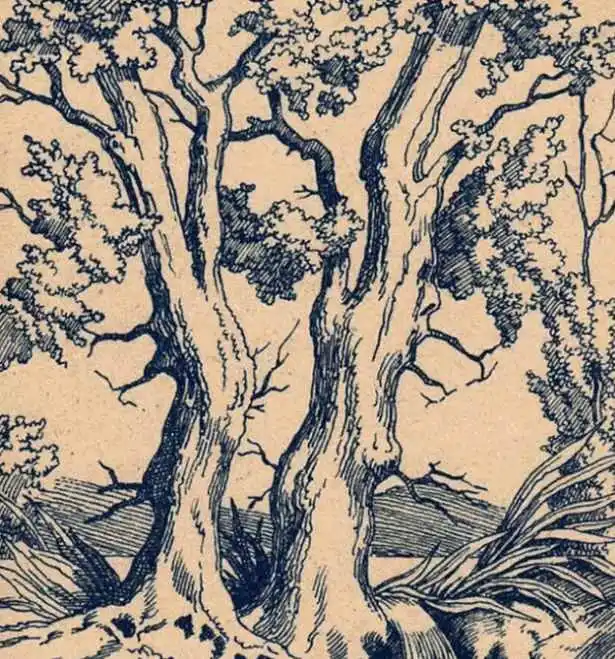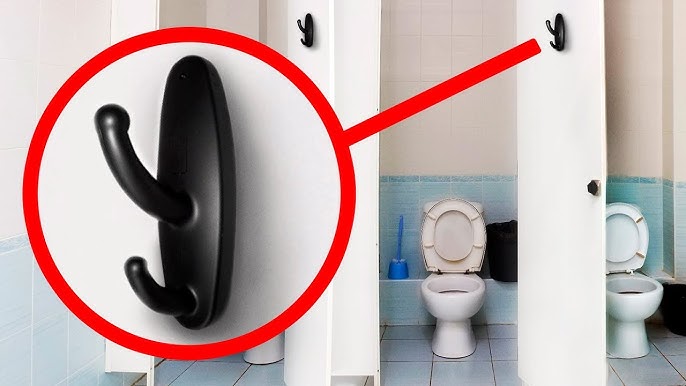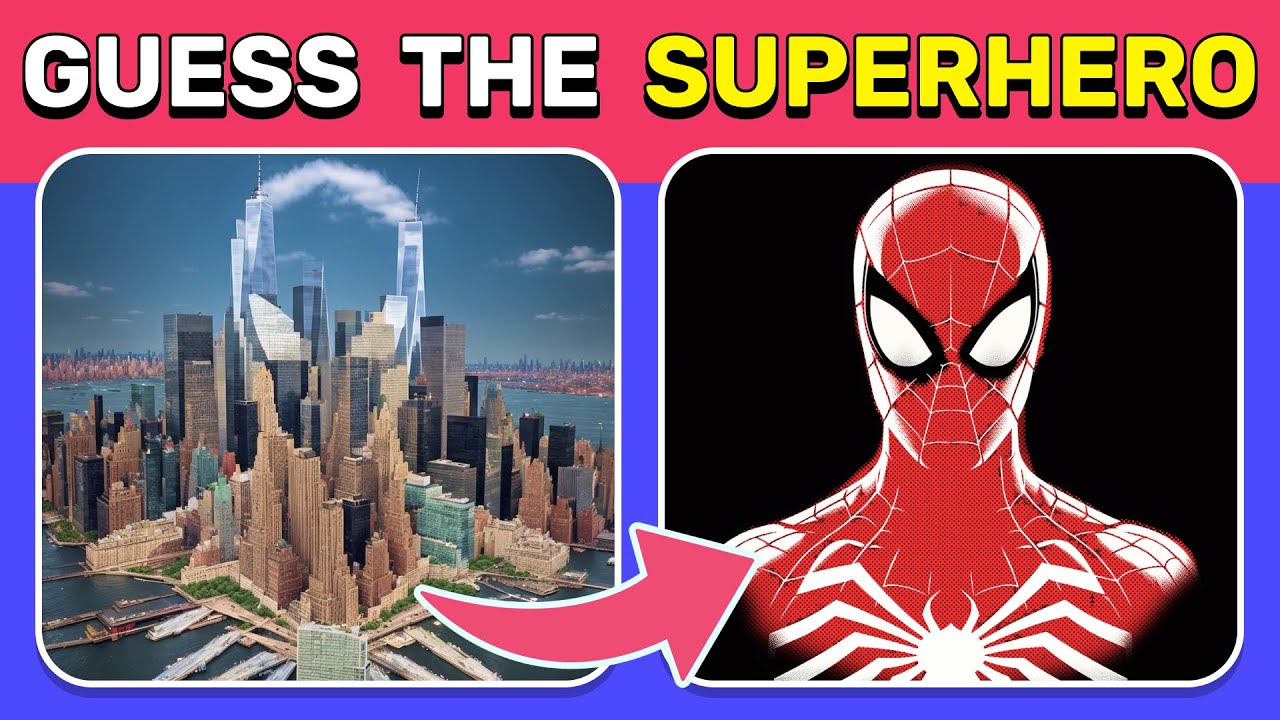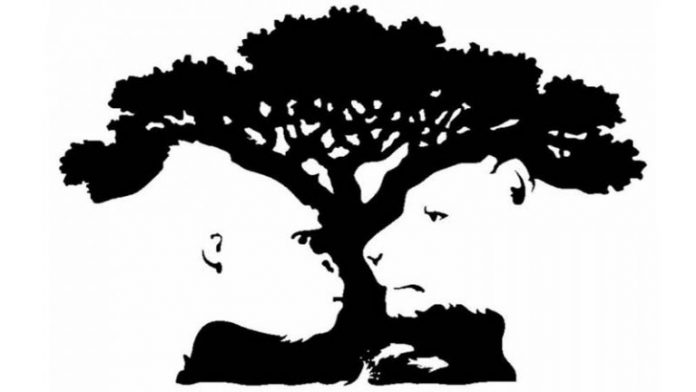Mind-bending optical illusion shows hidden number – and everyone is seeing it differently
People can’t seem to find the same number inside this tricky optical illusion, which will test the power of your eyesight as you peer into the pattern and try to find an answer

Optical illusions can be as frustrating as they are fun, and this viral one is absolutely no exception. Inside a grey and black swirled pattern there is a number hidden away, but for a lot of people there hasn’t been a consensus about just what it is, with people finding all sorts of different answers in the image – and the answer you find may have something to do with how sharp your eyesight is.
Illusions like this aren’t just an amusing way to while away some time and compare your answers with your friends or coworkers, they also teach us something really important about how our brain’s work and remind us that we’re all literally seeing different versions of reality.
This type of optical illusion is called a physiological illusion and it works by overstimulating our brains using an excess of light and shape or colour – many of them create a false sense of movement from an image that is actually totally two dimensional and still. This one features a circular black pattern on a grey background, with swirls and sharp angles, and in the middle of the image there is the hidden number, of course, which appears grey – if you can find it below.
So, what did you find? Some people have found a short number and others a longer one. One man only saw the central 2, reporting that it might be because he had “no central vision in one eye”. Another saw a couple more digits, replying to the post on X, formally known as Twitter: “I can only see 528. Does that mean anything about my eyesight?”
However, other people managed to make out a much longer set of numbers hidden inside the illusion. Some people managed to find five or seven numbers, but not all of them were seeing the correct ones. This may be because the shades and depth used challenge something called “contrast sensitivity”.
When a sense of motion and depth is created by an image confuse the brain, it will make certain assumptions. For instance, if you can make out what seems like it could be the outline of a number in the image, your brain may automatically fills in the gaps, but actually make an error. One reason for this may be because what we are seeing is actually around 100 milliseconds behind the real world, and our brains work constantly to make predictions about motion and other things that may be coming to keep us coordinated and safe.
This illusion is said to use contrast sensitivity in particular, which can be an indicator of eye health because it allows to tell to the difference between an object in the foreground and the background. According to the experts at Vision Center, this is particularly apparent when it comes to driving, as there you find yourself in “foggy and high-glare situations” or when there is low-light. In this puzzle, the numbers and the pattern exist on different planes of the image and the shades make it harder to differentiate them, so how accurate your guess was is a strong indicator of how sharp your eyesight is.
The full answer is 3452839, if you’re still struggling to see it, here’s a tip: lay your phone down flat on a surface, and rather than upright in front of you, or simply angle your computer screen so it’s flatter and the full digits should appear.










